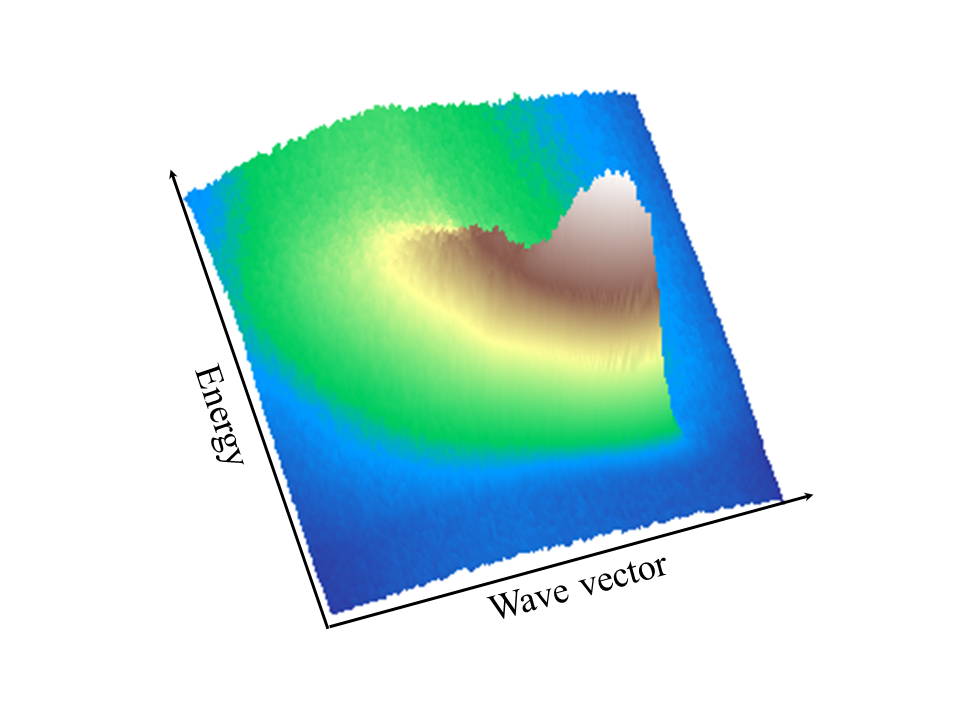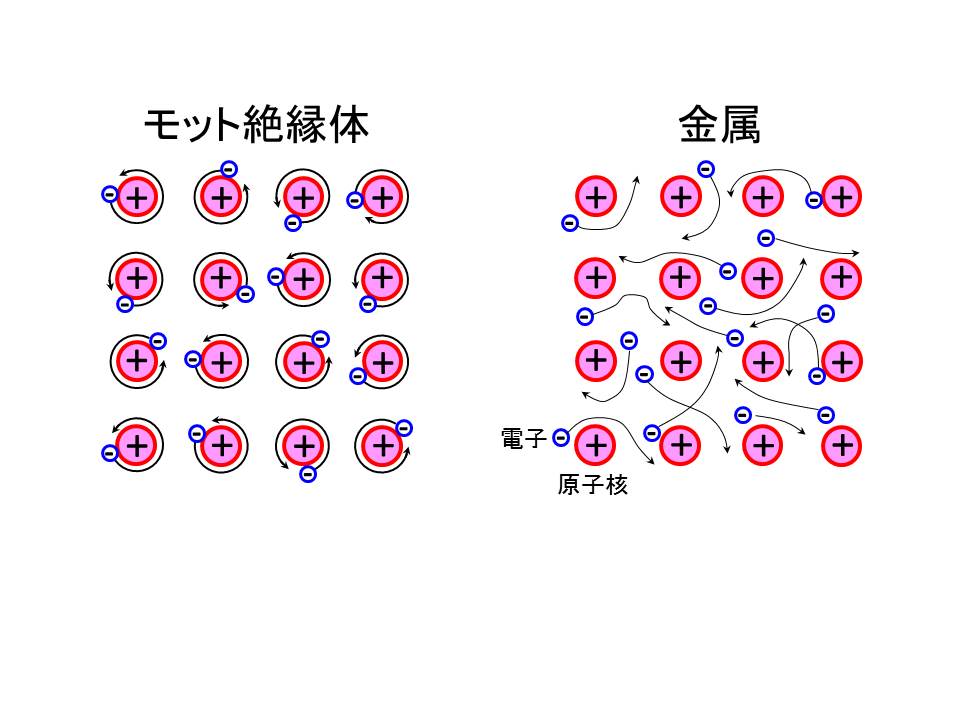RESEARCH
Electronic structure of high-Tc superconductors
High-Tc cuprate superconductors
Copper oxides with high superconducting transition temperatures, discovered by Bednorz and Muller in 1986, are generally referred to as high-temperature superconductors. Although more than 30 years have passed since its discovery, the mechanism of the high-temperature superconductivity has yet to be elucidated. In high-Tc cuprate superconductors, superconductivity occurs by doping carriers such as holes to the two-dimensional CuO2 plane which has a network of copper and oxygen. In 2008, an iron-based high-Tc superconductor was discovered by a Japanese research group, which also has a two-dimensional structure of Fe and As, similar to copper oxides. While electron pairs (Cooper pairs) are formed via lattice vibrations (phonons) in conventional superconductors, the nature of the mediating interactions in high-Tc superconductors has not yet been clarified. We are performing research of the electronic structure of cuprates using photoemission spectroscopy to elucidate the electron pairing mechanism.
Angle-resolved photoemission spectroscopy
To investigate the origin of complex physical properties such as high-temperature superconductivity, it is useful to detect electrons directly from inside a solid and analyze them. Angle-resolved photoemission spectroscopy (ARPES) is an experimental technique that detects electrons from solids by the photoelectric effect and one can directly observe electronic structures such as electron energy band dispersion, Fermi surfaces, and superconducting gaps. We are analyzing the electronic structure of high-Tc superconductors by photoemission spectroscopy using synchrotron radiation in order to elucidate the mechanism of superconductivity.

Electronic structure of strongly correlated electron systems
Since there are approximately 1023 electrons in material, it is very difficult to consider Coulomb repulsion among all electrons. However, since the discovery of high-temperature superconductors, it has been clarified that materials with strong electron correlation exhibit a wide variety of physical properties. Therefore, understanding electron correlation is an important and challenging issue in condensed matter physics. As shown in the figure, in the ordinary metallic state, electron correlation is weak and electrons can move freely without feeling each other. However, in a material with strong electron correlation, the Coulomb repulsion energy increases when electrons come close to each other, so that the electrons remain stable in the vicinity of the nucleus. Such insulators caused by electron correlation are called "Mott insulators”. We have been studying materials close to Mott insulators by means of photoemission spectroscopy, and has revealed "pseudogap" states in which some electrons cannot contribute to electric conduction. These novel electronic states between metal and insulator are the background electronic state that gives rise to high-temperature superconductivity, and we are aiming to establish a framework for understanding electronic correlations as well as high-temperature superconductivity.
